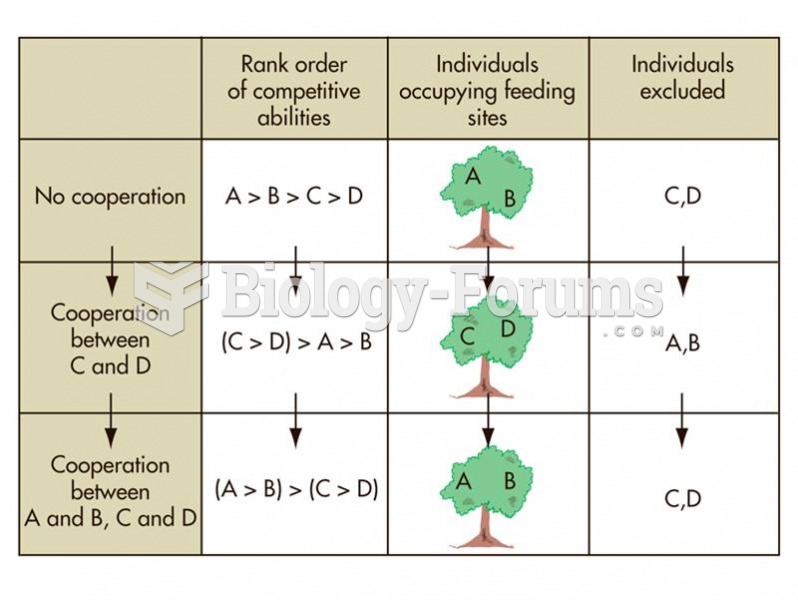|
|
|
Did you know?
It is believed that humans initially contracted crabs from gorillas about 3 million years ago from either sleeping in gorilla nests or eating the apes.
Did you know?
In 1844, Charles Goodyear obtained the first patent for a rubber condom.
Did you know?
Pubic lice (crabs) are usually spread through sexual contact. You cannot catch them by using a public toilet.
Did you know?
Women are two-thirds more likely than men to develop irritable bowel syndrome. This may be attributable to hormonal changes related to their menstrual cycles.
Did you know?
There are approximately 3 million unintended pregnancies in the United States each year.
 C:N ratios differ a great deal among the tissues of pines and between the woody tissues of pines and
C:N ratios differ a great deal among the tissues of pines and between the woody tissues of pines and
 Richard Wrangham’s “female-bonded” theory of intergroup competition was highly influential in our un
Richard Wrangham’s “female-bonded” theory of intergroup competition was highly influential in our un





